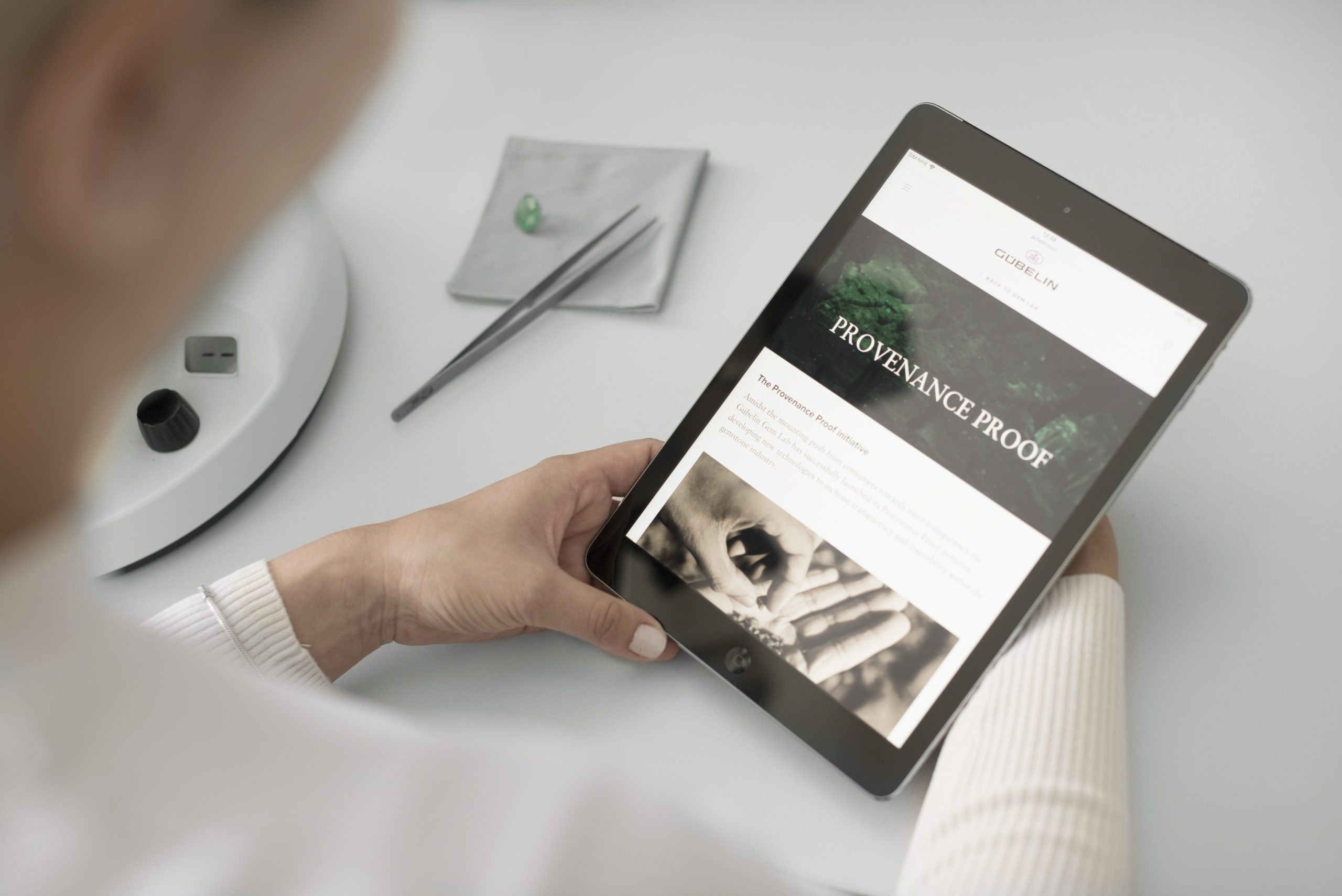Roy Safit provides good reasons why the natural diamond industry is robust enough to cope with the growth of synthetic alternatives.
Lab-grown diamonds have been portrayed as a juggernaut that’s gathering pace in the fast lane of the precious stone freeway. The demise of the natural pearl industry, following the introduction of cultured pearls during the first decades of the 20th Century, provides a stern warning for the diamond industry.
On the surface, at least, this doomsday scenario for natural diamonds is gathering momentum. According to Bain, the production of lab-grown diamonds is approaching 7 million carats: double-digit growth over the past two years. Production costs are fast coming down, passing on cost savings to retailers and their consumers. From half the cost of a natural diamond in 2019, a polished lab-grown diamond now costs a third of the real thing.
This downtrend looks set to encourage expansion into the wider world of fine jewellery, especially with the growth of e-commerce during the COVID-19 pandemic. If customers can’t tell the difference between natural and lab-grown, then confidence will eventually erode, as it did with pearls. Right?
Well, not so fast. Objects in the rearview mirror may appear closer than they are. Dig a little deeper, and a different picture emerges. The natural diamond industry appears to have held its nerve in the face of this clear and present danger.
Closing Ranks
Firstly, forewarned is forearmed. Unlike the pearl industry, which was saturated by cultivated pearls and lacked the collective might to fight back, the natural diamond industry was better prepared to disaggregate the two markets from the start. Instead of waiting to see what would happen, the industry has taken a stake in market supply and demand by investing in its own synthetic diamond technology for specific uses, such as industrial applications where the beauty and rarity of a real diamond are not really needed.
The industry has stayed united too. When Martin Rapaport tested the temperature of his constituent basis in 2019, asking whether his Price List (Rap Sheet) should include lab-grown diamonds in its ecosystem, the response was a resounding 74% against. Case closed.
Next, technology has aided disaggregation. For example, rapid sophistication of detecting equipment means that lab-grown diamonds can be removed from the supply chain. Given the incentive for criminals to infiltrate the industry with synthetics, this advance is critical for protecting the integrity of natural diamonds.
Everledger complements the authenticity process, using a symphony of technologies to increase confidence in the movement of goods through the supply chain. As a trusted third party, our platform helps to evidence claims that diamonds are natural by establishing the lifetime journey of raw materials along the entire supply chain, including detection scans and official certifications, such as by our partners GIA (Gemological Institute of America).
Lastly, brand value and loyalty have perpetuated the status quo. For luxury jewellery brands, there is no alternative to the real thing. If it ever emerged that customers were paying good money for a piece that wasn’t natural – and which was, therefore, worth a lot less – the reputational damage would be severe. Natural diamonds are still viewed as a desirable and reliable store of value. And when that diamond is set in a genuine Gucci, Cartier or Tiffany’s jewel, then it’s a whole different ball game.
Unintended benefits
Is it possible that the surge in lab-grown diamonds has actually done the natural stone industry a favour? Leading brands have gained another point for differentiation: real stones that can command a premium positioning. Besides, with a solution like the Everledger Platform, they can pinpoint exactly where that diamond was mined. Its characteristics and sustainability footprint can be brought to light. Consumers can interact with them in a mobile platform that can be customised to the exact specifications of their brand guidelines.
The lab-grown emergence is also one of the issues compelling natural diamonds to raise their game in terms of sustainability, transparency and social welfare, which are increasingly priority issues for consumers, investors and the value chain. Besides, whether manufactured or mined diamonds are more environmentally friendly remains a contested debate.
When people have money to spend, they are drawn to the same leading luxury houses. Once in-store, does it matter if the diamonds are natural or lab-grown? Absolutely. When a loved one is presented with that little box tied with a ribbon, the last thing they want is to receive a fake. True diamonds, true love! And they can discover the backstory of that specific stone if they’d like to. At that moment, the magic and romance of diamonds are as powerful as they ever were. The affinity is still entwined with authenticity. Some things are too precious to be grown in a laboratory.










